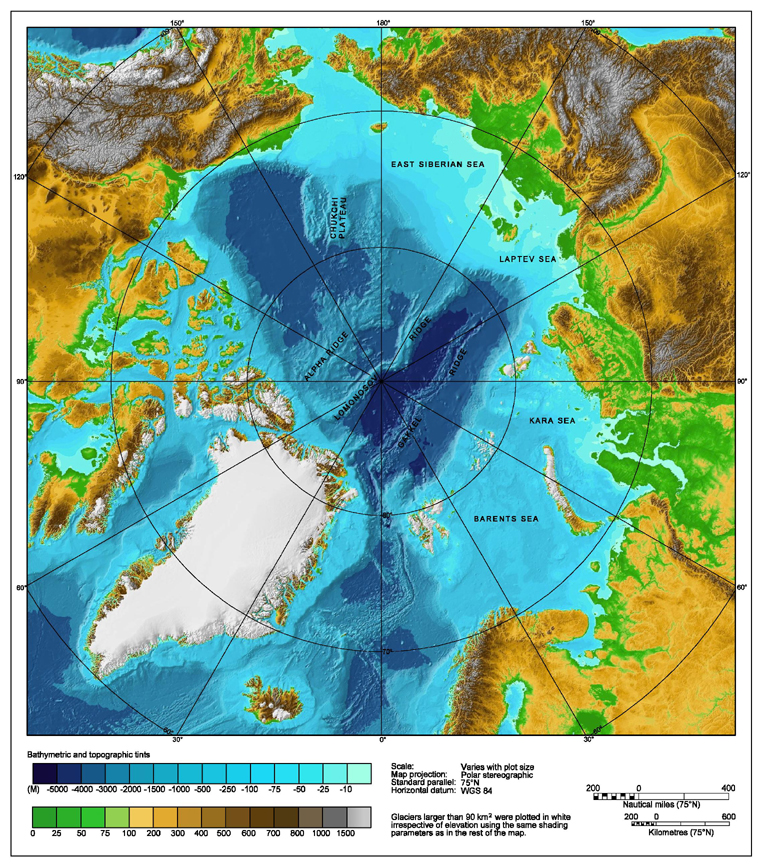I know it's a hypothetical, but I like exploring ideas because they can be useful when concepts are put into a different context.
Is it possible to "block" or impede the flow of ice out of the fram?
Say build a "dam" or a very long line of barges (I know, impractical but hey...) from Greenland to Svelbard. Would it be somewhat effective in delaying the effects of the fram ice export and overall would it slow down the arctic sea ice melting process?
Blocking Fram could be done, a good bit of that area is shallow. It would require anchoring enough points and blocking the space between them. It would be a good idea to start up a nylon plant first and work out a system to allow a large iceberg to pass through or blow them up, so it doesn't sink the operation.

Borrowing a piece of Petermann to make an ice bridge at Nares would be nice, but the weather there isn't. You could use Nares as a model to work out the kinks.
I think using nuclear ice breakers to exhaust heat under FYI during freeze up and using fragmentation ridging to make more sea ice is another approach to a crazy idea. I think any idea to save the arctic sea ice would need precise measurements of the sea ice from above and below. Blowing up an iceberg or piece of an ice shelf to make sea ice or letting them pass preventing a collision with the barrier requires precisely tracking them.
To really be successful would require returning the arctic sea ice back to the days when the minimum still had most of the Arctic Ocean frozen and CAA was also frozen. The area of the frozen arctic at minimum sea ice would have to be around 7 '79 GIS areas and MYI returned to those levels.
It would be easier to block Fram Strait than get the international cooperation to do it and the world would also have to stop greenhouse gas emissions. We can buy time with mitigation and geoengineering, but only reduction of atmospheric CO2 will eventually stop GIS from melting, ocean acidification and the other harmful effects of climate change. The arctic sea ice would require CO2 levels less than '79 levels to be stable in it's own landlocked, sea ice exporting way. I think we would have to be around 320 to 330 ppm CO2 (~ 1960, 1970 levels), which means removing 70 to 80 ppm CO2 from the atmosphere and zero greenhouse gas emissions. Hansen's 350 ppm CO2 1990 levels would still require ongoing mitigation to preserve sea ice, like blocking Fram.
